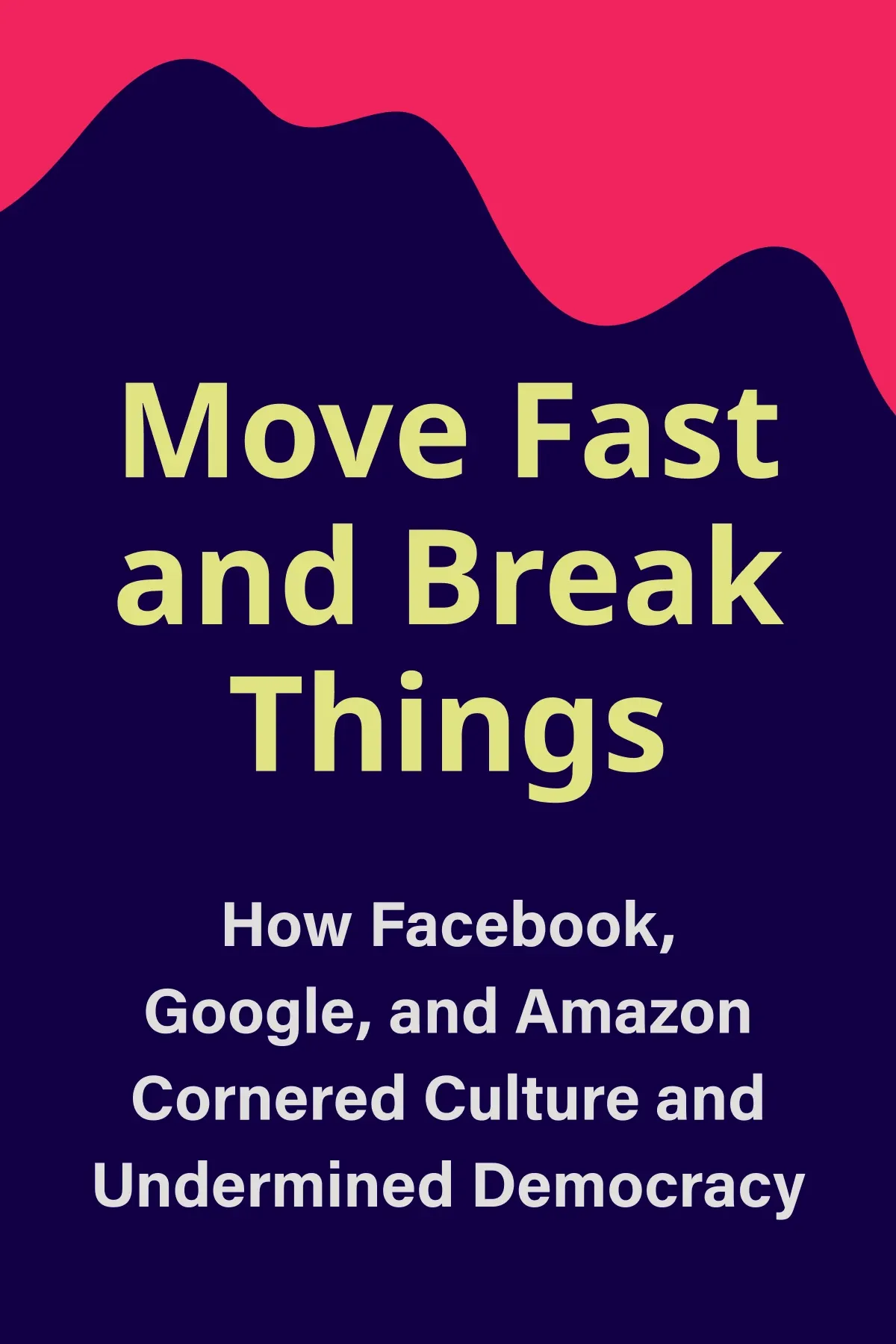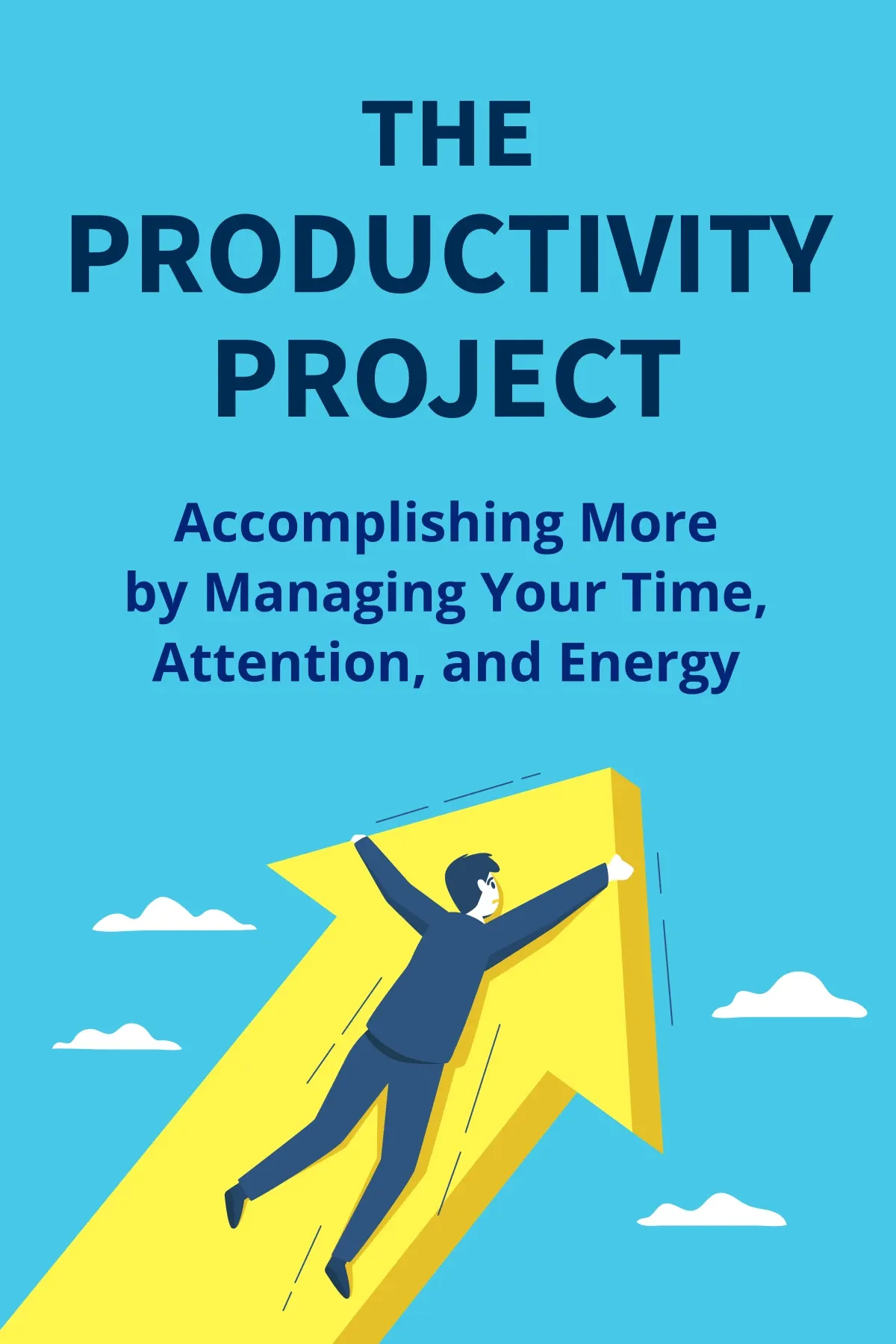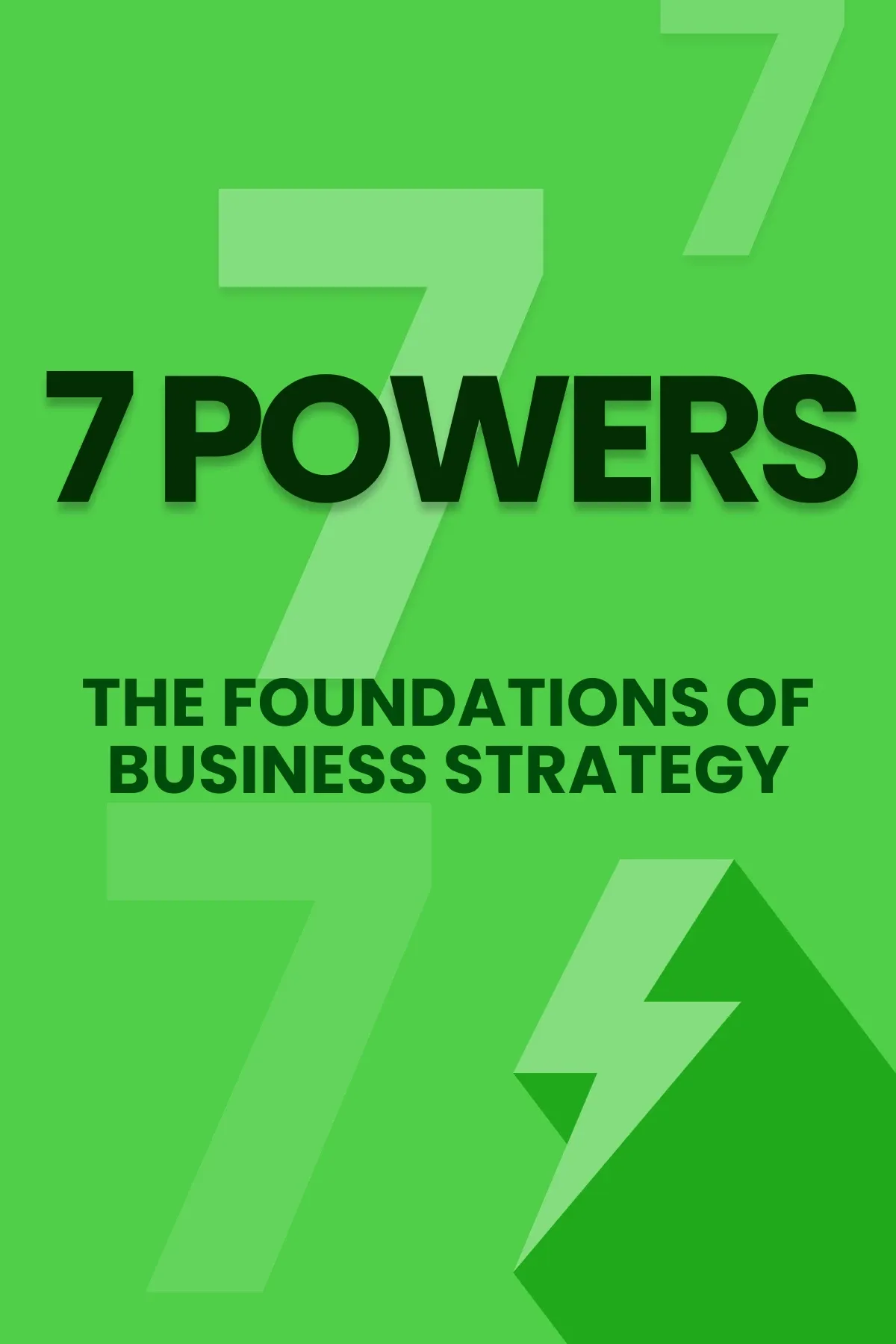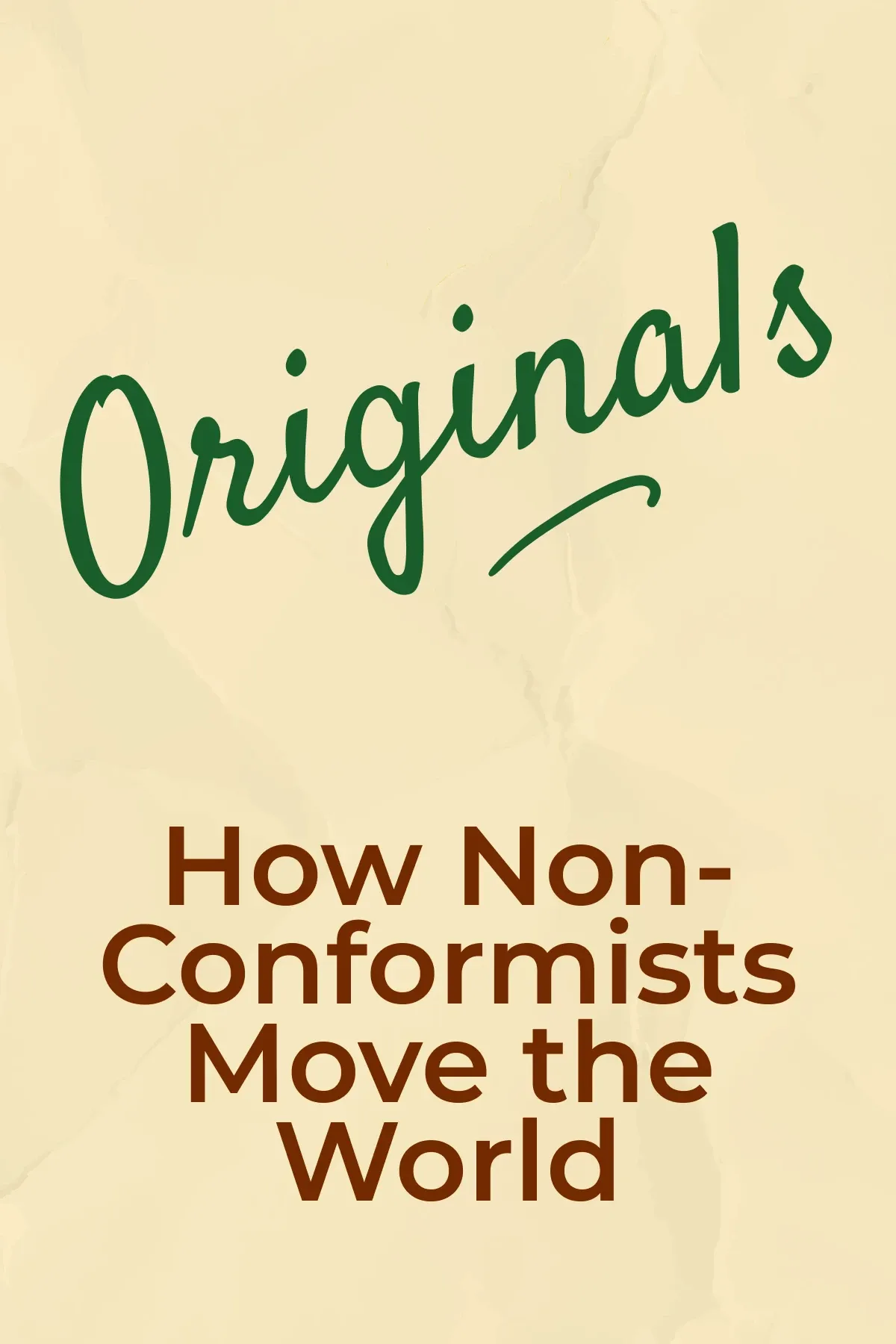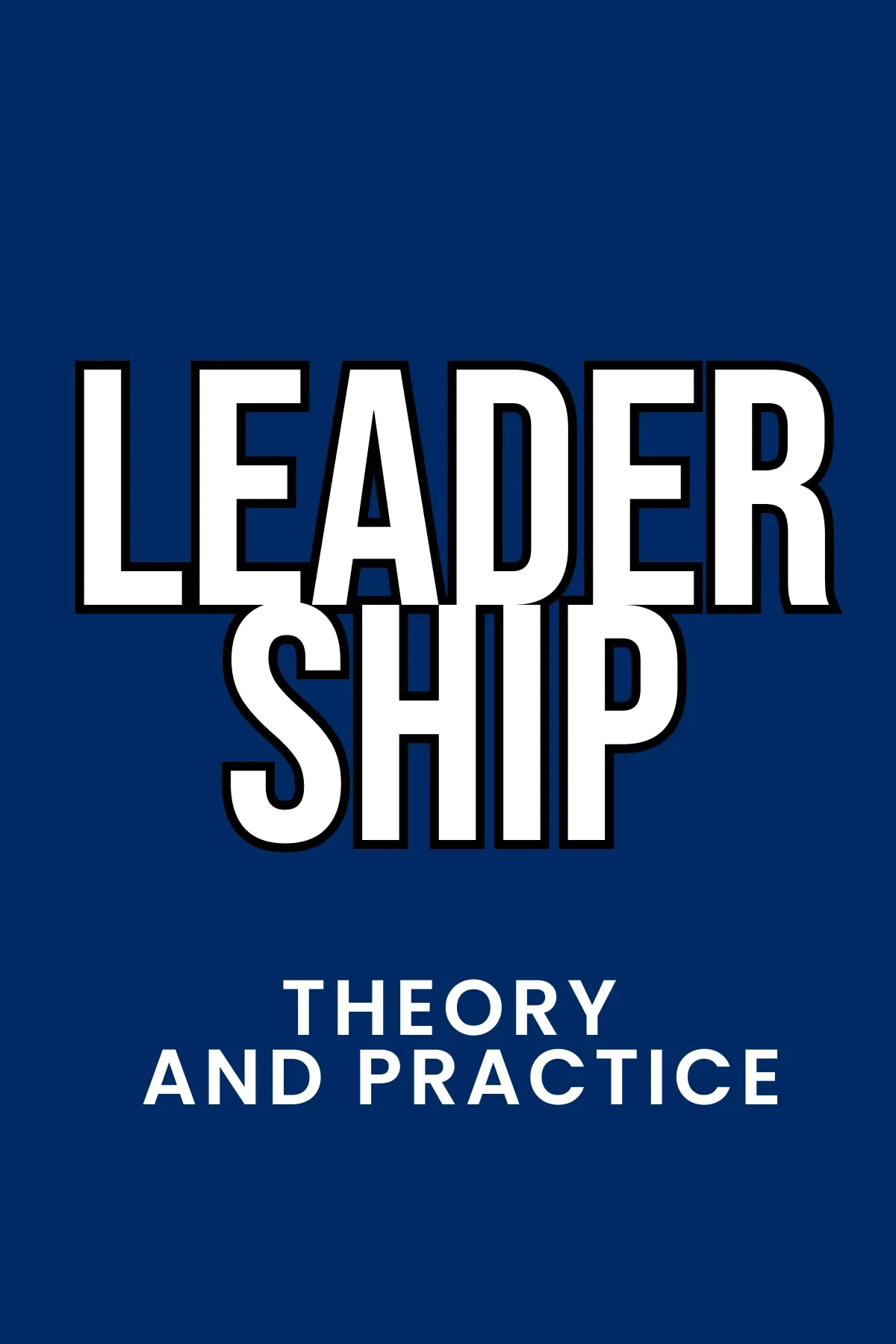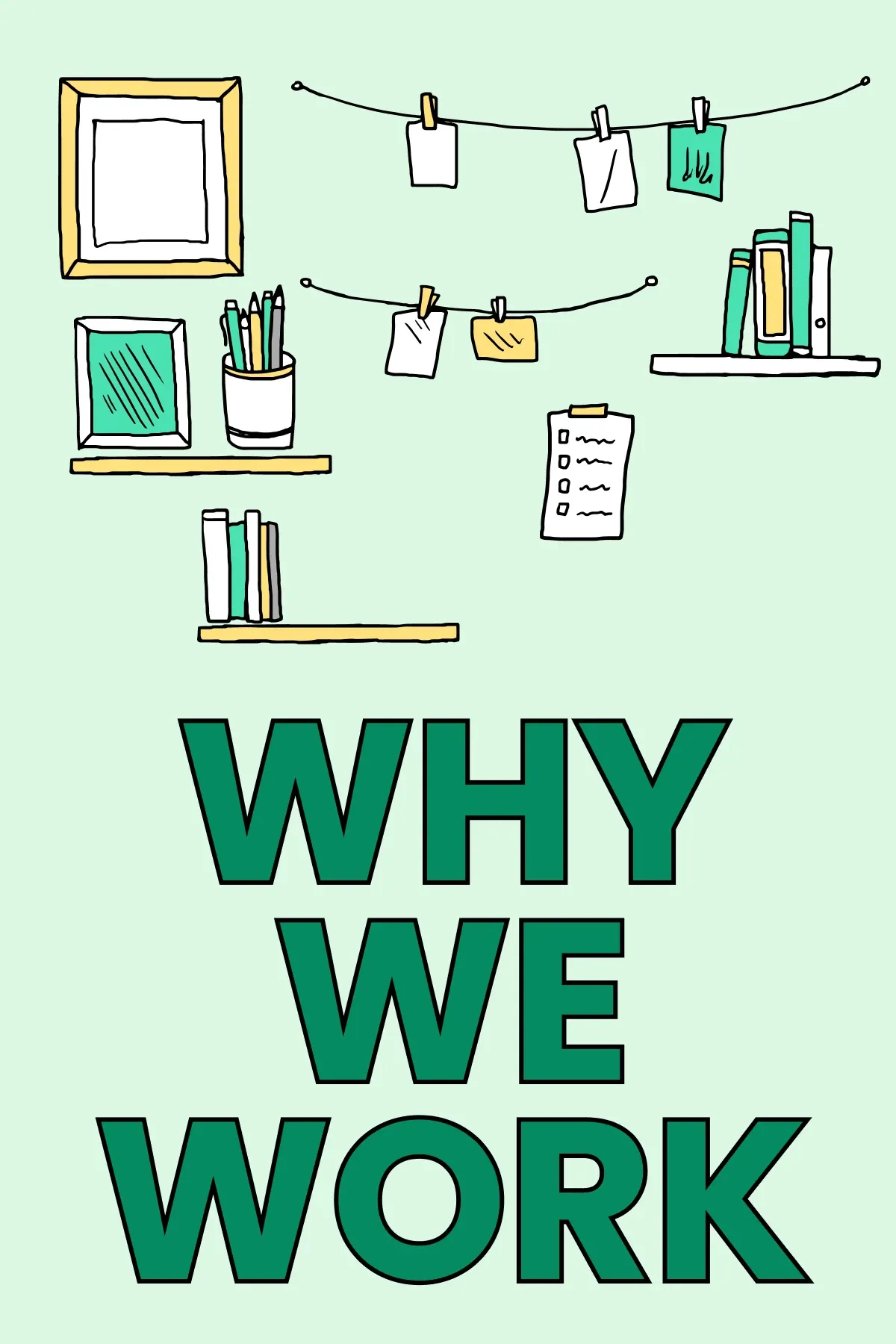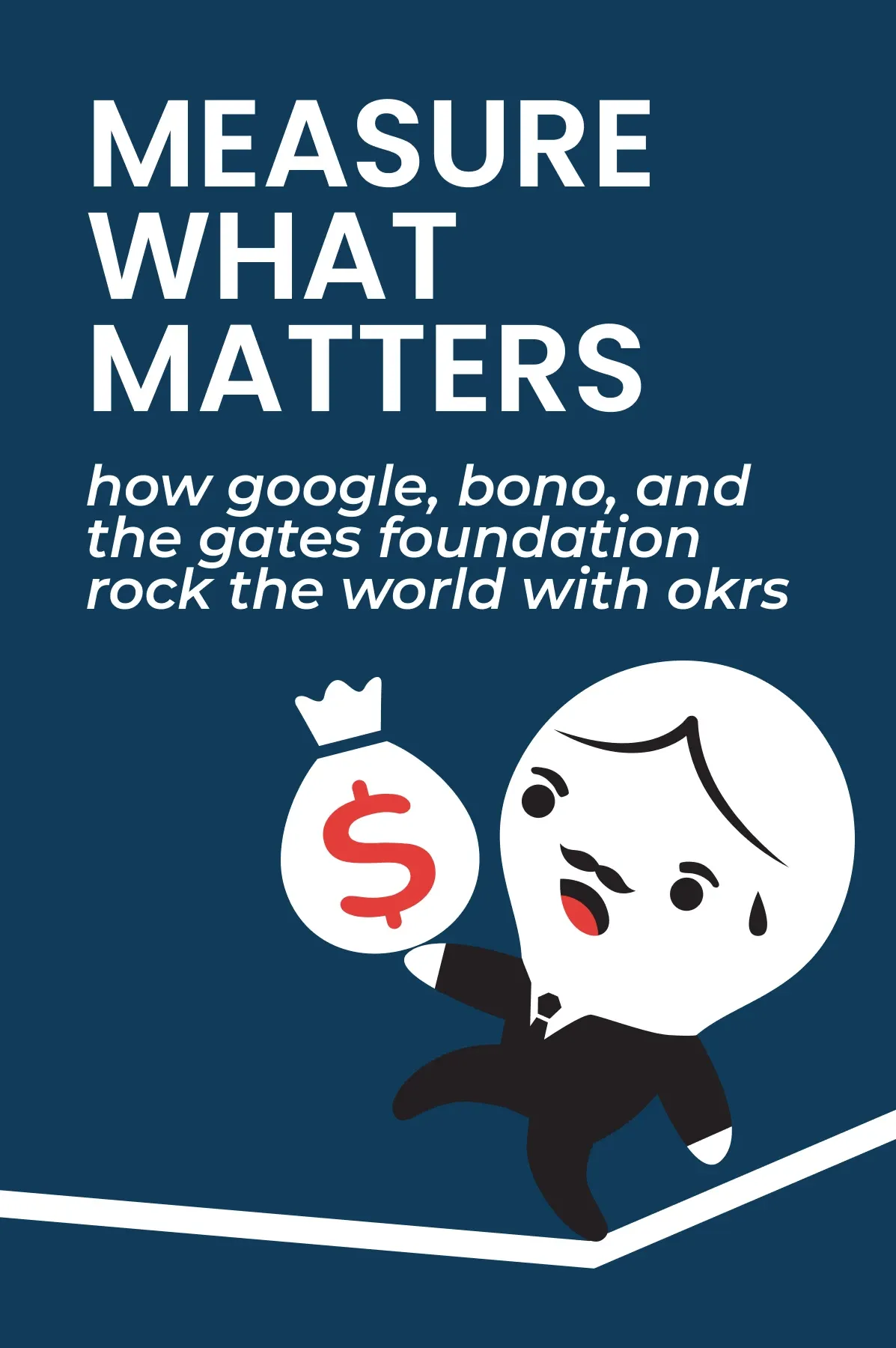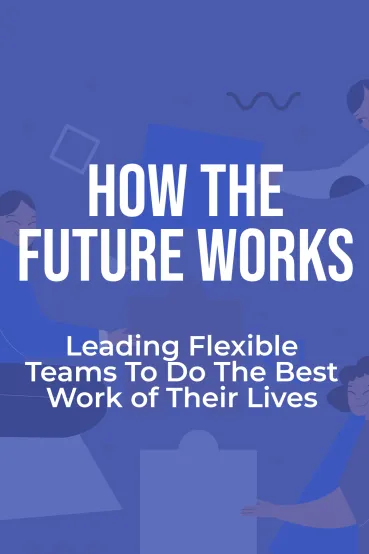
How the Future Works
Brief Summary
“How the Future Works” by Brian Elliott, Sheela Subramanian, and Helen Kupp is a provocative exploration of the evolving workplace dynamics. Offering insightful guidelines and predictions, the authors elucidate how companies and employees can navigate the future work landscape with aplomb.
Key points
Key idea 1 of 7
When it comes to maintaining a productive workforce in the digital era, one strategy does not fit all. This hard-learned lesson was on full display in Apple’s boardroom during the summer of 2021. The intended policy was meant to be progressive. But, it turned into a problem for the tech giant. It caused frustration and led to many vacant desks.
The initiative required Apple employees to be at the office on certain days. Tim Cook, the CEO, believed in this strategy. He thought it would effectively blend remote and on-site work. His approach had a notable flaw, though. It assumed that everyone's needs and preferences were identical. Instead of a one-size-fits-all solution, companies need to consider their workforce's diverse needs. A successful flexible work policy should cater to the employees and not be dictated by top-tier management. Allowing people to choose when to work from the office or home is crucial. It's an essential factor in attracting and keeping talent.
This lesson is applicable not only for Apple but also for all global companies. These companies have varied roles and responsibilities. Companies need to move from rigid rules to a guiding philosophy. But how do we lay the groundwork for such a philosophy? Start with the “why.” What is the policy designed to achieve? The philosophy has a purpose. The purpose could be talent retention. It could be increased adaptability. Or, it could be transitioning towards a digital workspace. Regardless, it will become the foundation of the initiative's guiding principles.
Once the purpose is clear, the next step is defining a few fundamental principles. These should embody the spirit of the intended work model. Principles should encourage a growth mindset. They shouldn't dictate specifics, such as the smallest on-site hours.
The Royal Bank of Canada is an exemplar of this nuanced approach. The company's set of guiding principles acknowledges the need for in-person interactions. However, they do not enforce a strict schedule. This allows team managers to negotiate what is best for their specific group. It leads to a more organic approach that benefits both the company and its employees.
FAQ
You may also like these summaries


